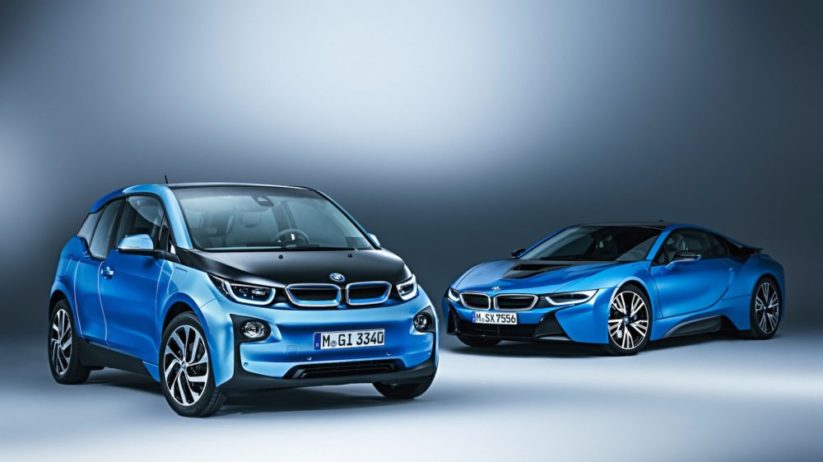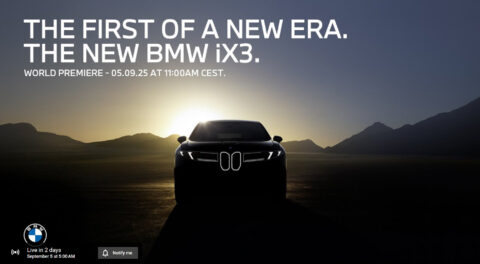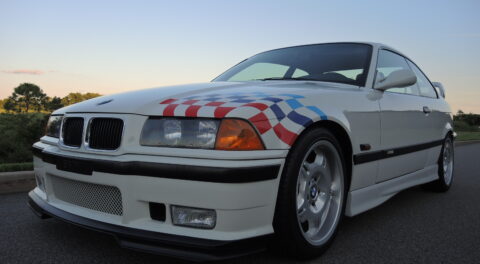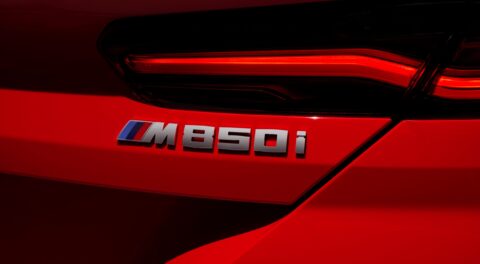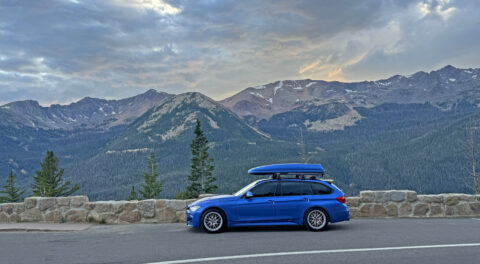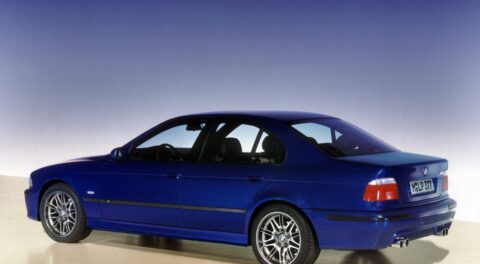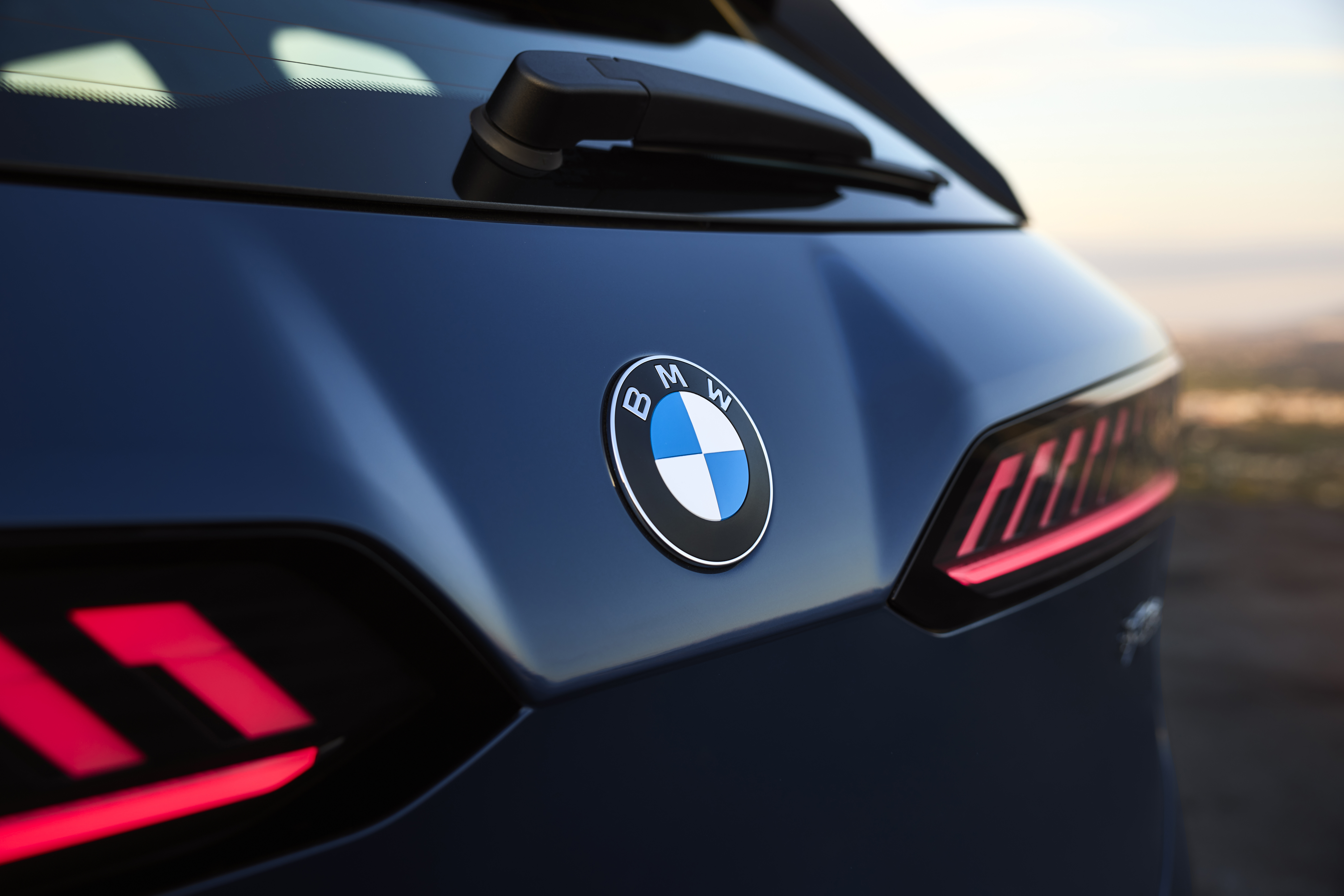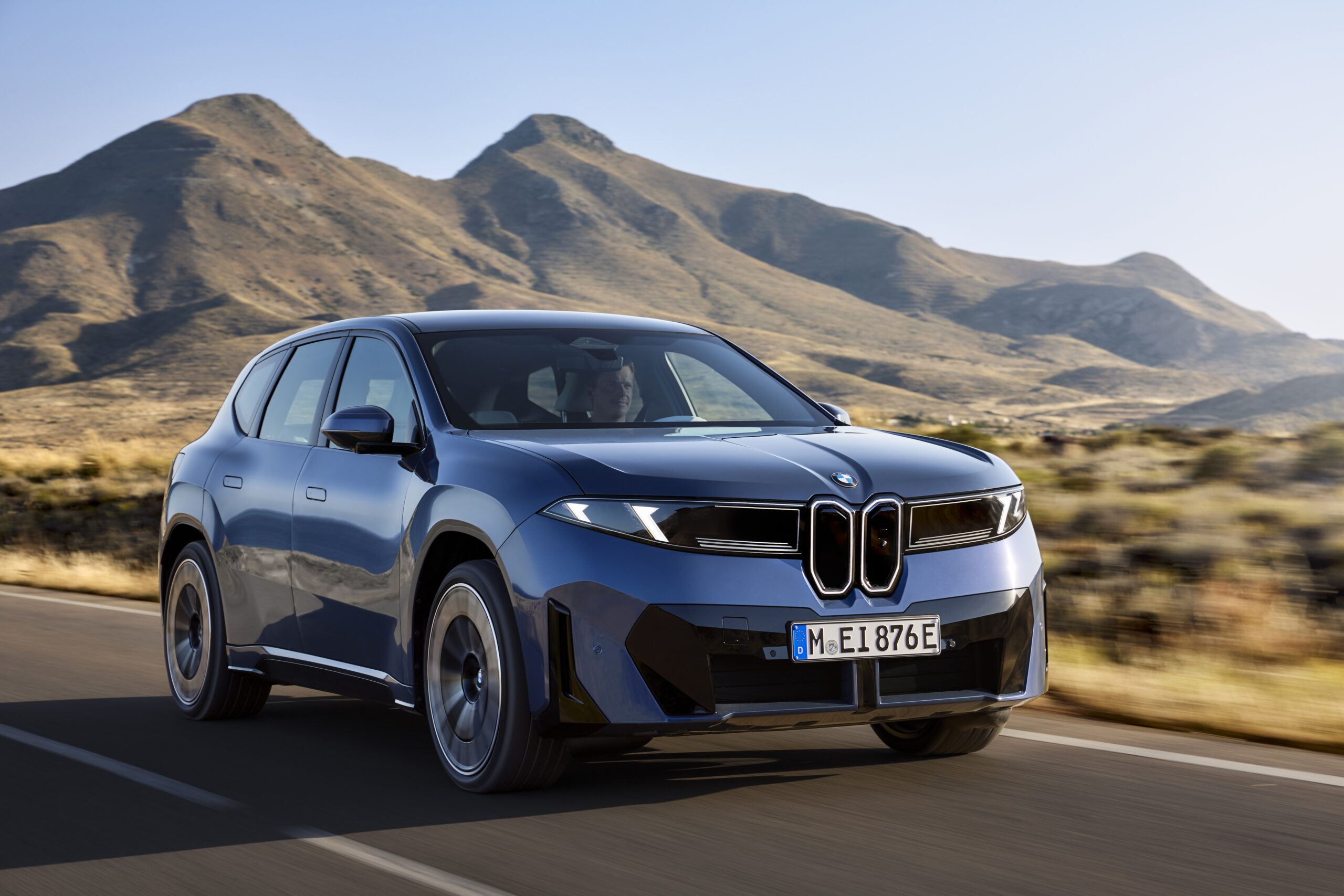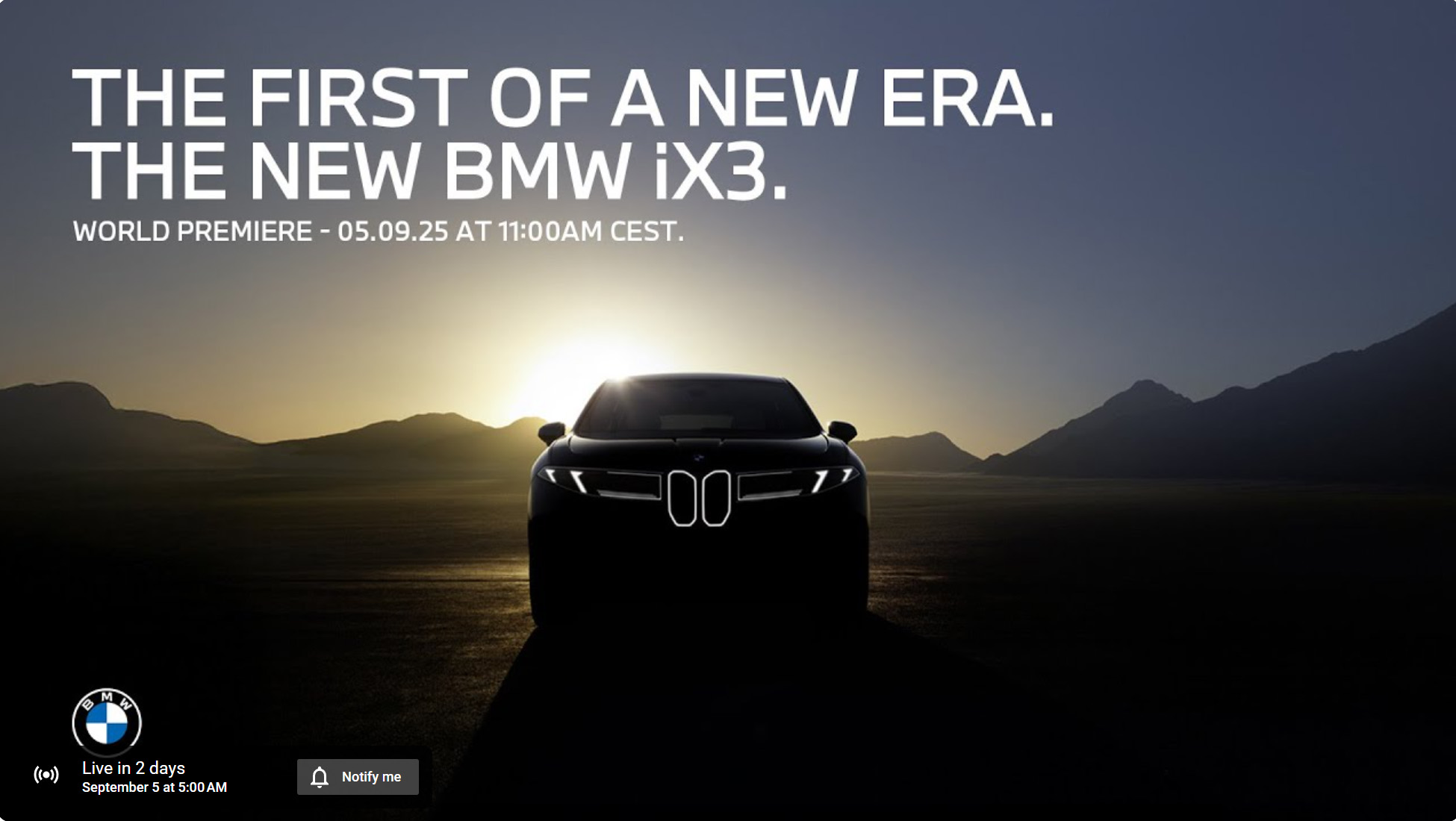In reading dozens of news articles every month, it seems to me that lately, increasingly more stories relate to the electrification of BMW vehicles, expansion of the electric-charging and hydrogen infrastructure, battery production, and development of autonomous vehicles. The flip side is that fewer articles seem to be devoted to the creation, care, and feeding of “traditional” BMWs—you know, the kind powered by internal-combustion engines.
For example, I was excited to read that BMW was building a new test track in the Czech Republic, about two hours from Munich, until I discovered that the purpose of the track was to test electrification, digitization, and automation of BMW Group cars.
Well, at least they’re being tested on a track.
Other stories dealt with speedier electric-car charging and the increased computing power that BMW will need to make self-driving cars more connected and safe enough for humans. This is all well and good, and I understand that for BMW to continue building what it calls “the Ultimate Driving Machine,” it must continue to be “the ultimate profitable car company.” But will future BMWs be ultimate driving machines?
BMW executives tell us that BMW will never sell a car without a steering wheel, and that BMW drivers will always have the option of turning off the self-driving mode in favor of driving the vehicle for fun and excitement—which has made BMW cars popular among driving enthusiasts for the past 80 years. These statements give me hope—until I remember hearing BMW say that they would not build all-wheel-drive M cars, or front-wheel-drive vehicles of any kind.
Never say never, as they say.
The best intentions are no match for government mandates. There may come a day—whether we or BMW like it or not—when all new vehicles will be battery or fuel-cell-powered electrics, with the computer doing the driving. For many of us, that day may be so far in the future that by then, who knows if BMW will still be around? Or us, for that matter?
At this point, however, BMW has announced that it will have 25 electrified vehicles by 2025; Mercedes-Benz says it will have 50 electrified models by 2022, and Volkswagen brags of plans to field 300 electrified variants, and adds that all of these will have some degree of autonomous or semi-autonomous driver-assistance features.
But there is a solution for those who just love to drive a BMW and aren’t concerned about all that other stuff: the BMW 2002.
Built at the dawn of the emissions-control movement, 2002s had no computers. The extent of their “electrification” was getting the spark plugs to spark, the headlights to light, and the heater to blow hot air. Self-driving cars were found only in science fiction, and the only way cars could talk to drivers was through the language of the pedal, the shift knob, and the steering wheel.
I had a 2002, bought new in 1976. It was Chamonix—that’s white, for you pre-Alpinweiss people—with a blue interior. At the time, it was the only new BMW car I could afford. The R75/6 motorcycle I had been riding convinced me of BMW’s quality, and since I had just sold my beloved Lotus Europa—the best-handling POS the world had ever seen—I needed a car that, unlike the Lotus, was reliable, with luggage space; but like the Lotus, one that was fun to drive. The 2002 was all that.
I won’t go into great detail about why I sold the 2002 more than eighteen years later—something to do with money, garage space, and test-driving a 1995 M3. I have missed my 2002 ever since, with its elegant simplicity and fundamental driver-to-car relationship that is essential to having fun and learning how to properly drive a car at the same time. Compared to today’s cars, the 2002 was underpowered, but due to its balanced handling, you could say that it punched much higher than its class.
And it had no computers.
Driving a BMW 2002 in slippery conditions, you relied on driver competence rather than driver assistance. In 18½ years, I always got where I needed to go with no accidents. (No brag, just fact.)
Yes, the 2002 had mechanical quirks requiring the occasional repair, but many 2002 owners learned to carry an extra distributor cap, rotor, points, fan belt, and water pump.
The 2002 was built before the age of galvanized sheet metal, so periodic inspection of the usual rust trouble spots was prudent, and if the car spent any time in regions where the relative humidity exceeded about 35%, it was going to need paint, and probably bodywork—but it was worth it.
Did I mention it had no computers?
BMW’s current priorities are electrification, digitization, connectivity, and automated driving—all of which require computers. In my 2002, electrification meant buying a new battery every five or six years, and maybe replacing a voltage regulator. Digitization in a 2002 meant keeping digits—your fingers—on the steering wheel unless you were shifting. The extent of its connectivity was whether an AM or FM radio station was within range. And automated driving meant traveling with a relief driver.
Right now there are still a good number of used 2002s that can be had as fixer-uppers for less than five grand, or pristine examples that command north of $30,000. In between are 2002s that could serve us well if we wanted to spend some quality back-road time with a car that requires driving, not merely operating—and certainly not just riding.
To be fair, modern BMWs are also exciting, faster, safer, better-handling, more comfortable, and more entertaining than a 2002.
But they’re not more fun.
I was fortunate to own some great BMWs, including a BMW 635CSi Euro that could—and did—cruise all day on the Autobahn at 140 mph; my ’95 M3 that started as a daily driver and is now a stickered-up race car; and an i8. But of all the BMWs that I no longer own, the only one I really miss is the 1976 2002, square taillights and all.
The first BMW 2002s came to the U.S. in 1968, so in 2018 we will celebrate its 50th year here. The BMW CCA Foundation plans to follow its highly successful “Heroes Of Bavaria—75 Years Of BMW Motorsports” exhibit with a new show: “The Icon: 50 Years Of The 2002. About 25 historically significant or interesting 2002s will be displayed at the BMW CCA Foundation Museum in Greer, South Carolina. (The Foundation is taking applications now from 2002 owners who would like their 02s to be part of the exhibit; The deadline for applications is December 31, 2017 and more information is available at bmwccafoundation.com.)
For BMW enthusiasts who want to hedge their bets against overly computerized electrified cars that may eventually deprive us of our driving fun, I suggest looking for a decent BMW 2002. I wish I still had mine. I often daydream that someday, now that I have enough garage space to keep it indoors, someone will call me up and offer to sell my original 2002 back to me. I would be hard-pressed to refuse.
But I realize that this is a dream with almost zero chance of coming true. By the way, my old 2002’s vehicle identification number was 2379739. Not that I’m looking or anything.—Scott Blazey

